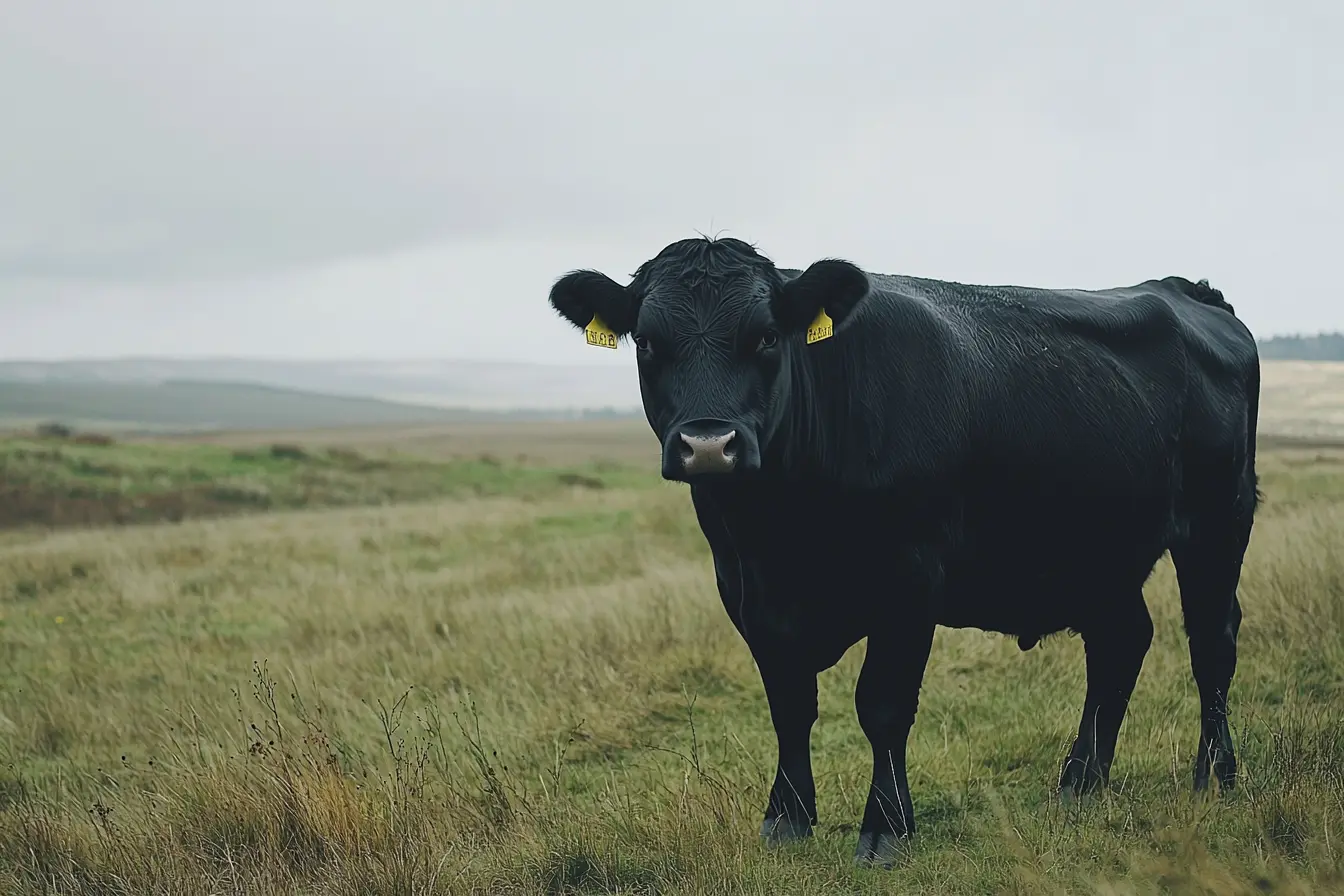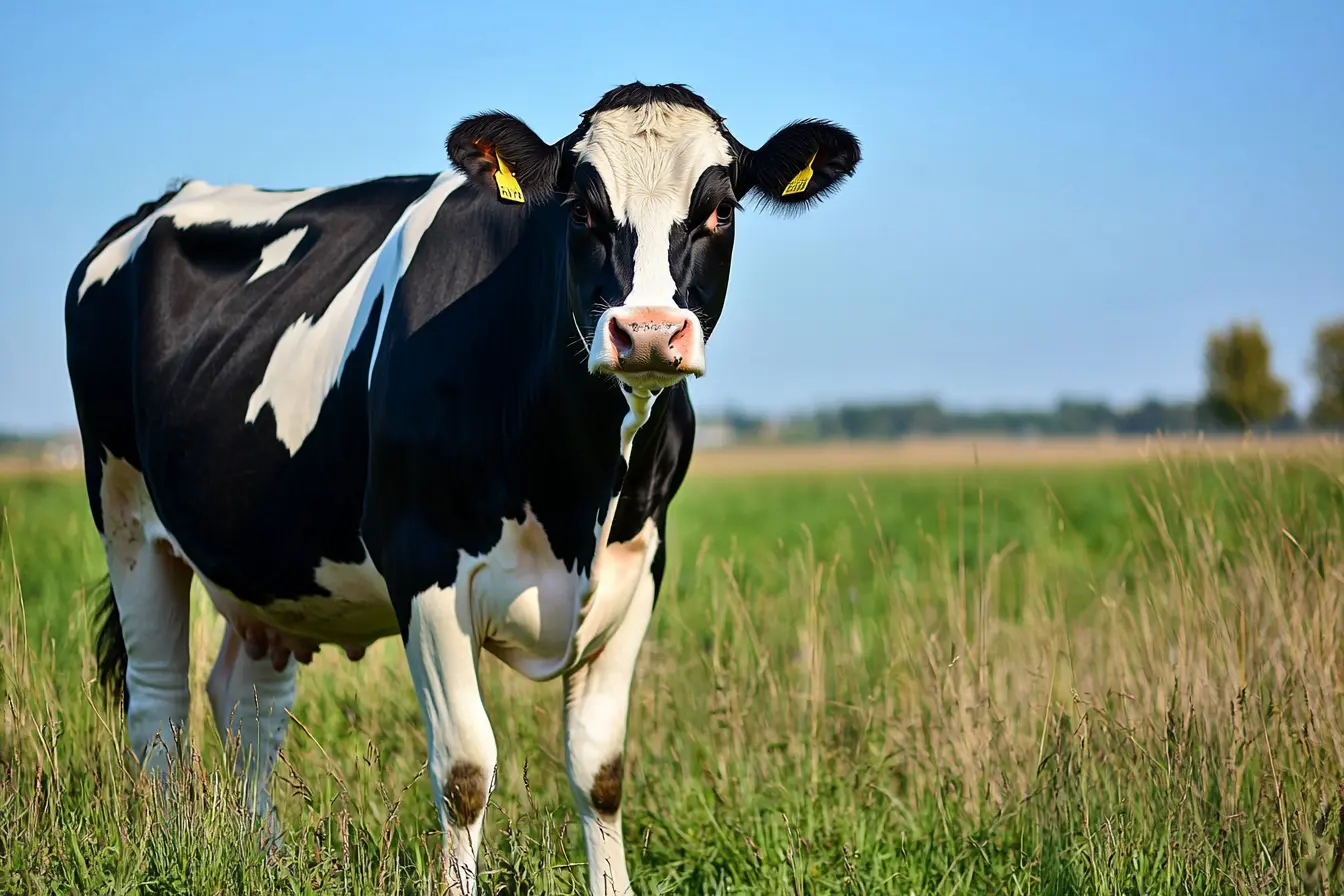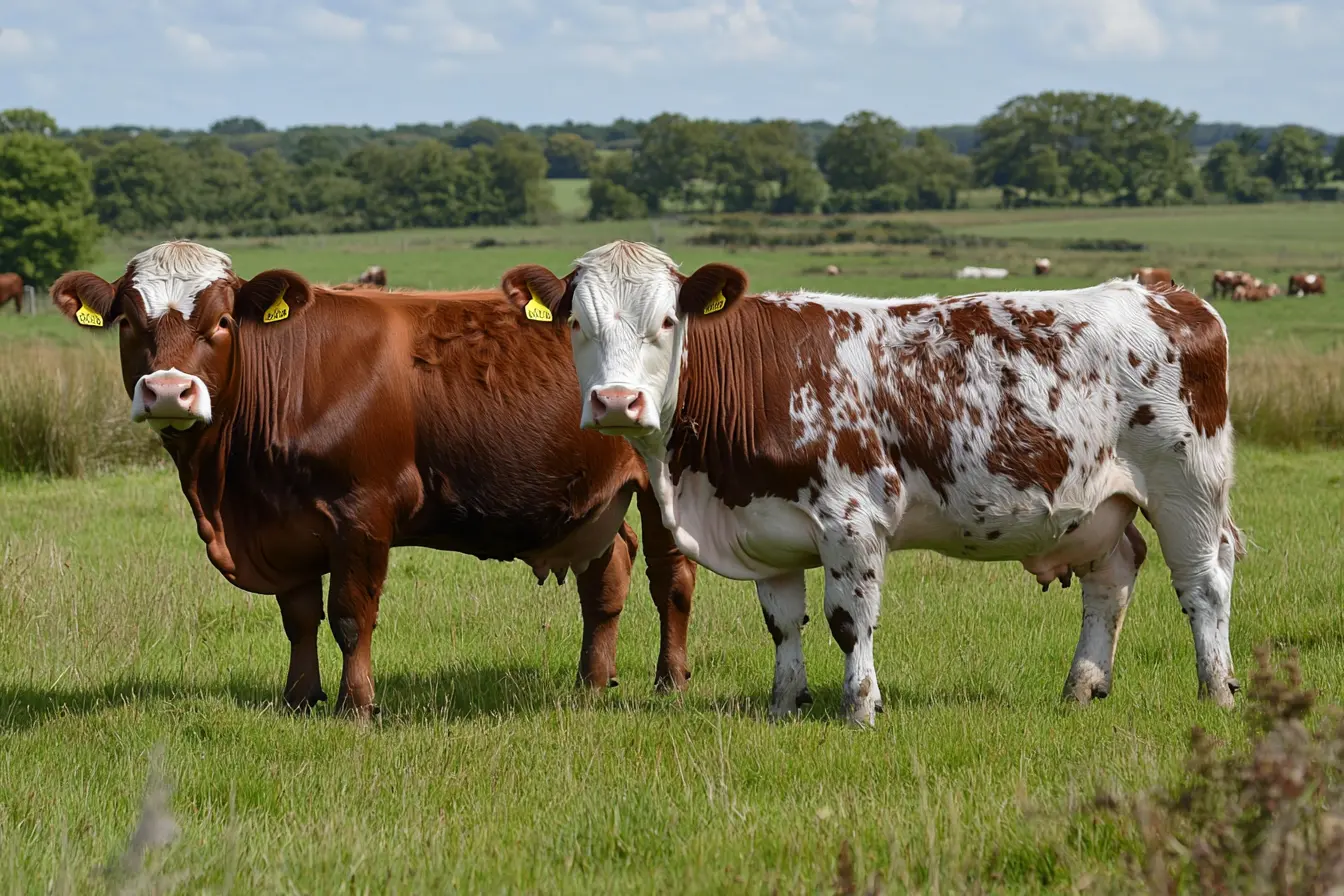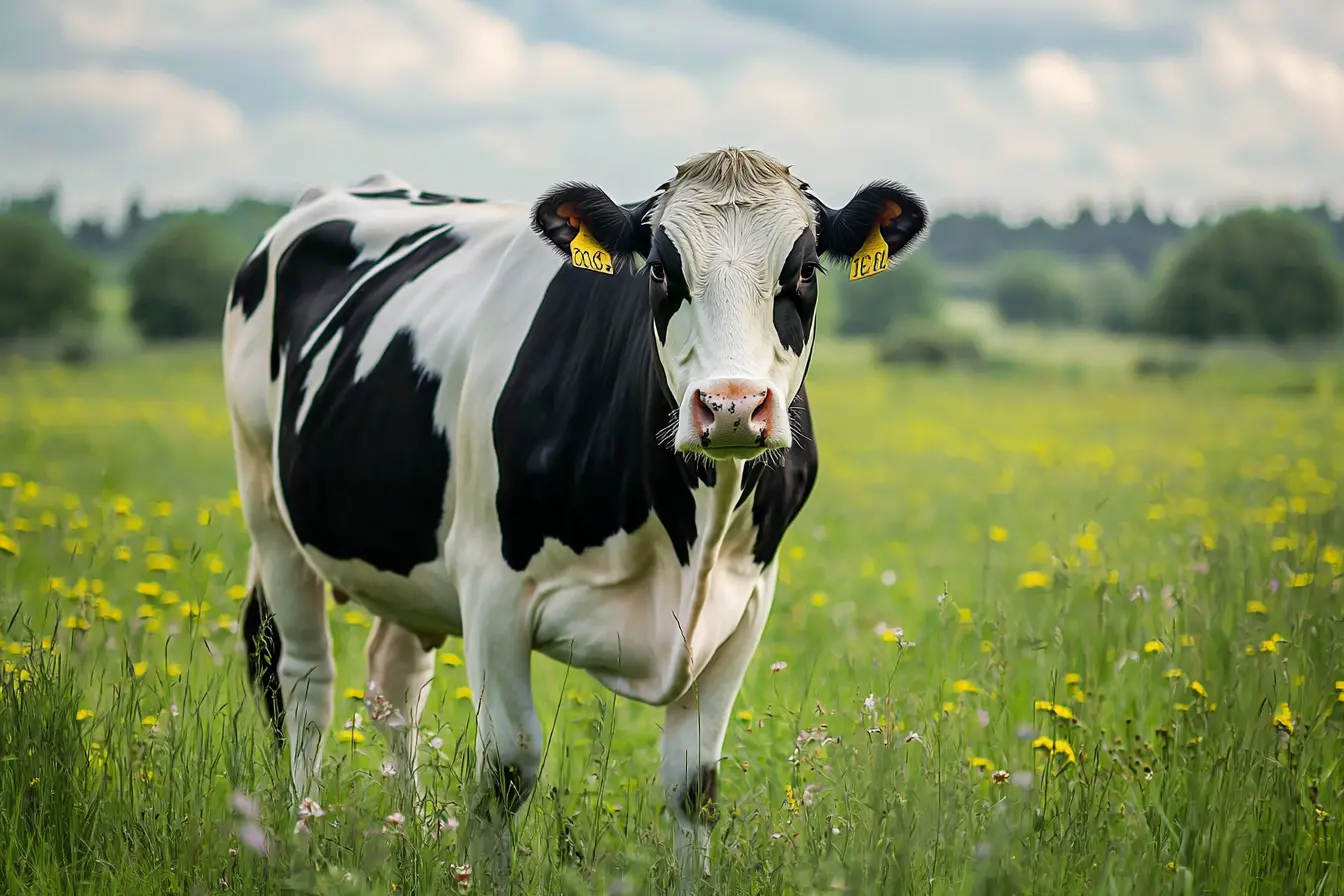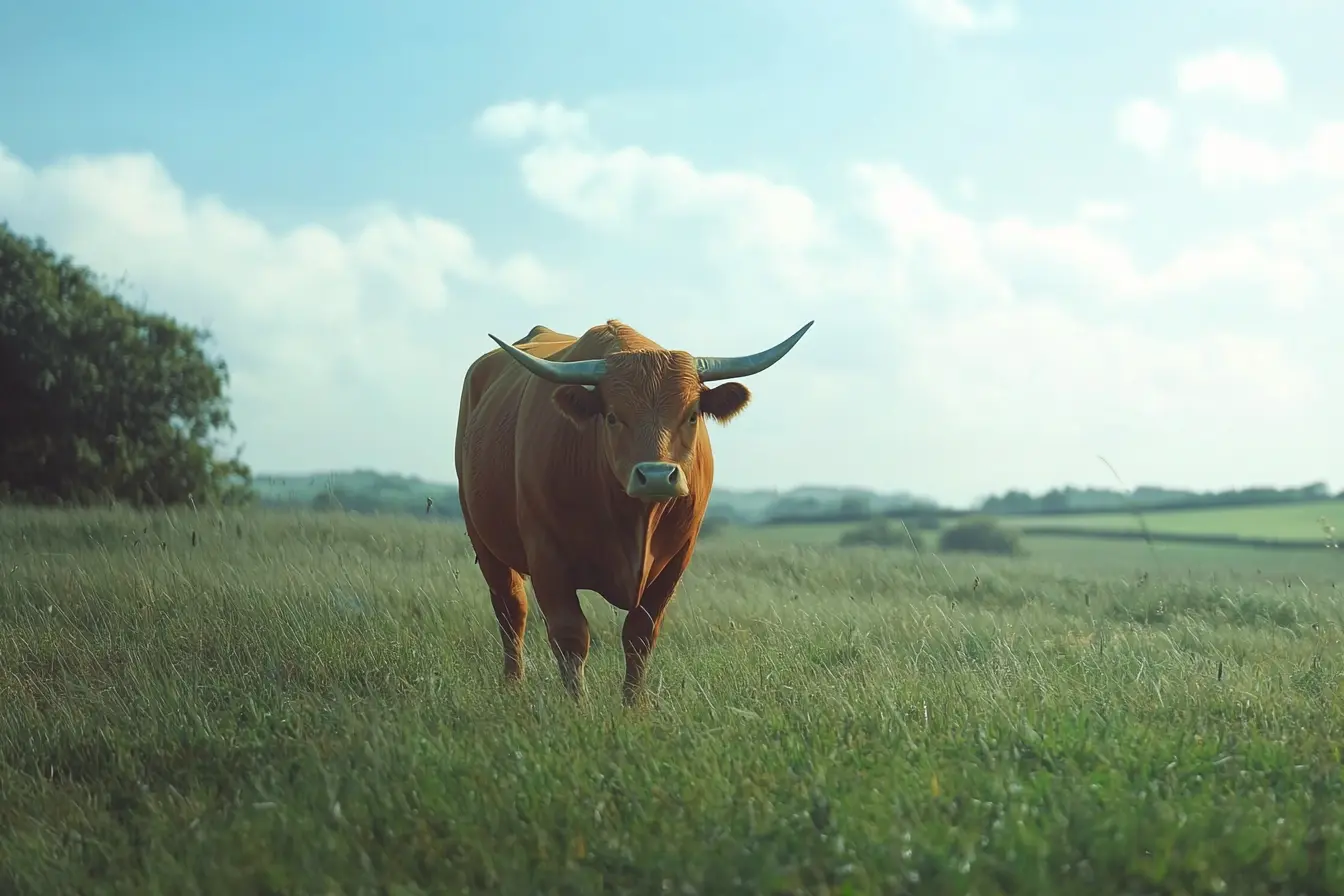
A Complete Guide to Breeding Cattle
Breeding cattle is a vital part of running a successful farm, whether you’re looking to grow your herd, improve genetics, or produce calves for meat or milk production. For new cattle owners, understanding the basics of breeding, pregnancy care, and calf management is essential. This guide will provide you with everything you need to know to breed cattle responsibly and successfully.
Understanding Cattle Breeding Basics
Before breeding cattle, it’s important to understand their reproductive cycles and the basics of managing a successful breeding programme.
Breeding Age
- Heifers (young female cattle) should be bred when they reach 65% of their mature body weight, which is typically around 15-18 months of age.
- Bulls (male cattle) are generally ready for breeding by 12-15 months, but it’s best to wait until they are at least 18 months old for better results.
Oestrus Cycle
Cows have a 21-day oestrus cycle, meaning they come into heat roughly every three weeks.
- Heat (oestrus) lasts between 12-24 hours.
- The best time to breed is during the middle of the oestrus period, typically 6-12 hours after signs of heat appear.
Signs of Heat in Cows
- Restlessness and pacing
- Mounting other cows or allowing other cows to mount them
- Increased vocalisation
- Swollen vulva with a clear discharge
- Tail raising or frequent urination
Natural Mating vs Artificial Insemination
There are two main ways to breed cattle: natural mating (using a bull) or artificial insemination (AI).
Natural Mating
Natural mating involves introducing a bull to the cows during their breeding season.
Advantages:
- Less labour-intensive
- High success rate
- Can improve natural herd behaviour
Disadvantages:
- Requires owning or renting a bull, which can be expensive
- Bulls can be dangerous to handle
- Increases risk of transmitting diseases
Artificial Insemination (AI)
AI involves using collected semen from a bull to impregnate the cow without natural mating.
Advantages:
- Access to superior genetics from bulls around the world
- Safer than keeping a bull on your farm
- Can improve herd productivity and profitability
Disadvantages:
- Requires specialised training or a professional to perform AI
- Requires accurate heat detection
- Can be labour-intensive
Preparing for the Breeding Season
To maximise breeding success, it’s essential to prepare your cattle for the breeding season.
Health Checks
Both cows and bulls should undergo health checks before the breeding season to ensure they are in good condition.
- Check for parasites and treat if necessary.
- Ensure all vaccinations are up to date.
- Check cows for any signs of reproductive disorders.
- Bulls should have a breeding soundness evaluation to ensure they are fertile.
Nutrition
Good body condition is critical for successful breeding.
- Heifers should have a body condition score (BCS) of 3-3.5 (on a scale of 1 to 5) before breeding.
- Cows should maintain a BCS of 2.5-3 during the breeding season.
The Breeding Process
When the cows are in heat, it’s time to introduce the bull or perform AI.
Using a Bull
- Introduce the bull to the cows during the breeding season.
- A mature bull can service 25-30 cows during the breeding season.
- Younger bulls should only be allowed to service 15-20 cows to avoid overworking them.
Performing AI
If using AI, timing is critical.
- AI should be performed 6-12 hours after the cow shows signs of heat.
- Use a trained professional if you’re not experienced with AI techniques.
Pregnancy and Calving Preparation
Once the cows are bred, the next step is to ensure they have a healthy pregnancy and a smooth calving process.
Gestation Period
The average gestation period for cattle is 283 days, or around 9 months.
Pregnancy Detection
- Pregnancy checks can be performed by a veterinarian around 30-60 days after breeding using either palpation or ultrasound.
- Blood tests can also detect pregnancy as early as 28 days after breeding.
Nutrition During Pregnancy
Proper nutrition during pregnancy is essential for healthy cows and calves.
- In early pregnancy, cows can remain on their normal maintenance diet.
- In the last 3 months of pregnancy, increase their feed intake to support the growing calf.
- Provide good-quality hay, silage, or pasture, and ensure they have access to minerals and fresh water.
Preparing for Calving
As the calving date approaches, it’s important to prepare a calving area and be ready to assist if needed.
Calving Area
- Ensure the calving area is clean, dry, and sheltered.
- Provide bedding to keep the cow and calf comfortable.
- Keep the area free from mud and manure to reduce the risk of infection.
Signs of Impending Calving
- The cow’s udder will fill with milk.
- Her vulva will swell and loosen.
- She may exhibit restlessness and separate herself from the herd.
- Nesting behaviour such as pawing at the ground may occur.
The Calving Process
The calving process typically consists of three stages:
-
Stage 1: Early Labour
- The cow may become restless and isolate herself.
- This stage can last 2-6 hours.
-
Stage 2: Delivery
- The cow will lie down and begin to push.
- The calf should be delivered within 30 minutes to 2 hours.
-
Stage 3: Afterbirth
- The placenta should be expelled within 12 hours after delivery.
- Monitor the cow to ensure the placenta is fully expelled to prevent infection.
Caring for Newborn Calves
Immediate Care
- Clear the calf’s airways to ensure it can breathe.
- Dry the calf with a clean towel to prevent hypothermia.
- Ensure the calf nurses within the first few hours to receive colostrum, which is critical for its immune system.
Naval Care
Dip the naval cord in iodine to prevent infection.
Weigh and Tag
- Weigh the calf to track its growth.
- Tag the calf for identification purposes.
Common Health Issues in Cattle Breeding
- Retained Placenta: If the cow does not expel the placenta within 12 hours, it may require veterinary intervention.
- Dystocia (Difficult Birth): Large calves or malpresentation can cause difficult births. Be prepared to assist or call a vet if needed.
- Mastitis: Infection of the udder, which can affect milk production.
- Calf Scours: Diarrhoea in calves, which can be fatal if not treated promptly.
Final Tips for New Cattle Breeders
- Keep detailed records: Track breeding dates, pregnancy checks, and calving outcomes.
- Provide proper nutrition: A well-fed cow is more likely to have a healthy pregnancy and calf.
- Seek veterinary advice: Don’t hesitate to call a vet if you encounter any health issues.
- Be prepared for calving: Always have a calving kit ready, including clean towels, iodine, and veterinary contact information.
By following these guidelines, cattle owners can breed healthy, productive herds with confidence.
Contents
- Understanding Cattle Breeding Basics
- Natural Mating vs Artificial Insemination
- Preparing for the Breeding Season
- The Breeding Process
- Pregnancy and Calving Preparation
- Nutrition During Pregnancy
- Preparing for Calving
- The Calving Process
- Caring for Newborn Calves
- Common Health Issues in Cattle Breeding
- Final Tips for New Cattle Breeders
Tags
Vets near you
Speciality vets
- Aquatics vet specialists
- Birds vet specialists
- Camelids vet specialists
- Cats vet specialists
- Cattle vet specialists
- Deer vet specialists
- Dogs vet specialists
- Equines vet specialists
- Exotic vet specialists
- Goats vet specialists
- Pigs vet specialists
- Poultry vet specialists
- Sheep vet specialists
- Small Mammals vet specialists
- Wild vet specialists
